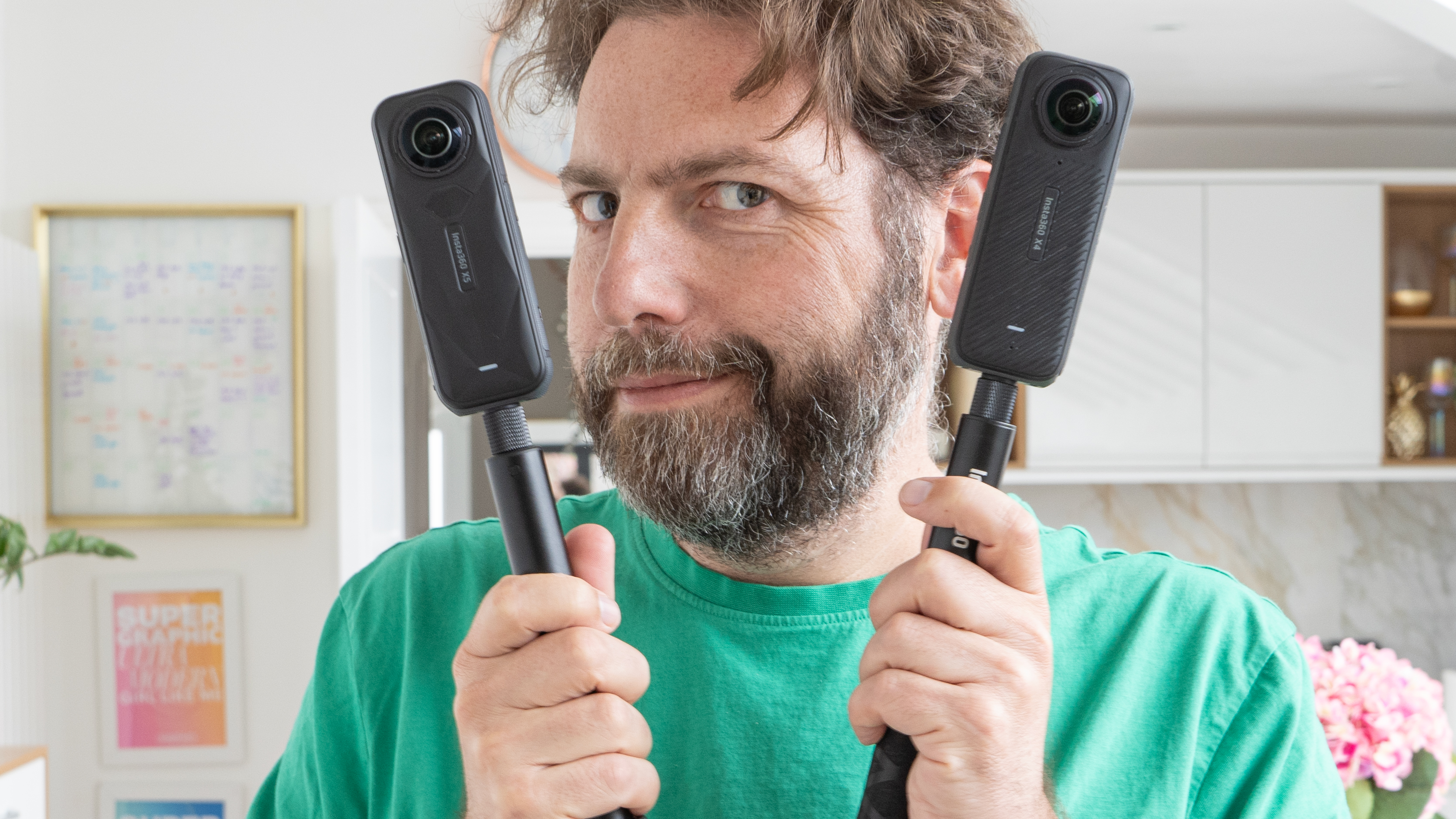Tokina reveals three unbelievably compact super-telephoto lenses
Designed exclusively for APS-C mirrorless cameras, these innovative lenses are anything but average
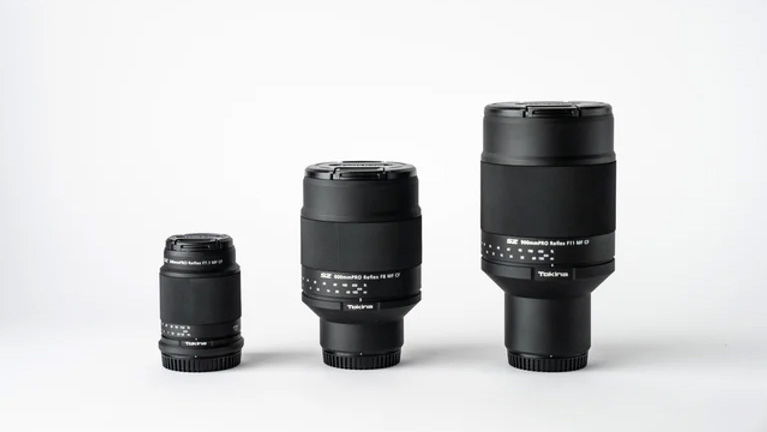
Update 20 January 2022
Tokina has now officially announced that the three SZ Pro mirror lenses - the 300mm f/7.1, 600mm f/8 and 900mm f/11 - will go on sale worldwide from 3 February.
According to Mirrorless Rumors, Tokina Japan has announced a trio of new super telephoto lenses exclusively for APS-C cameras:
• Tokina SZ 300mm PRO Reflex F7.1 MF CF
• Tokina SZ 600mm PRO Reflex F8 MF CF
• Tokina SZ 900mm PRO Reflex F11 MF CF
The three options will be available for Sony E, Canon EF-M and Fuji X mounts, but don't get too excited, as these lenses do not use standard lens construction methods. Instead, they are reflex - or mirror - lenses. Where a typical lens will have one long stack of elements to channel the light to the camera sensor, a mirror lens bounces light back and forth within the lens barrel, progressively narrowing the field of view until the magnified portion of the original image reaches your camera's sensor. In this sense, the lens acts much like a compact telescope. This design enables the lens to be much shorter, and it's also a cheaper way of producing a super telephoto lens, so the purchase price is usually much lower than a regular optic of the same focal length. However there are compromises to be made – more on those later.
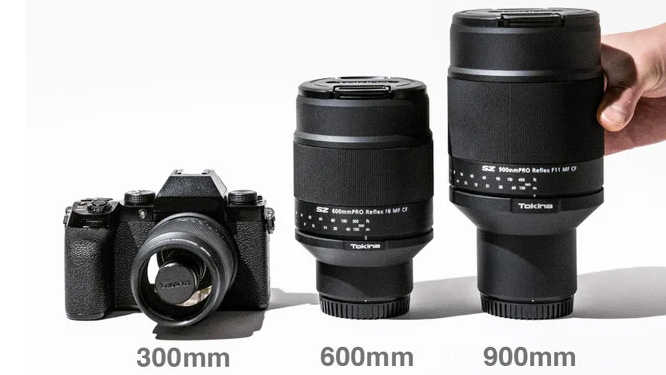
In terms of sheer compactness, the SX 300mm is just 74.5mm long, with a diameter of 61mm. The 600mm is a mere 125mm long, and the 900mm just 168mm long – a fraction of the length of a conventional 900mm lens. With each lens weighing 235g, 545g and 725g respectively, they're also extremely light weight. Another signature feature of mirror lenses is that, by virtue of the central portion of the lens barrel taken up with the mirror assembly, out of focus points of light take on a ring doughnut bokeh shape - an effect only a mirror lens can produce.
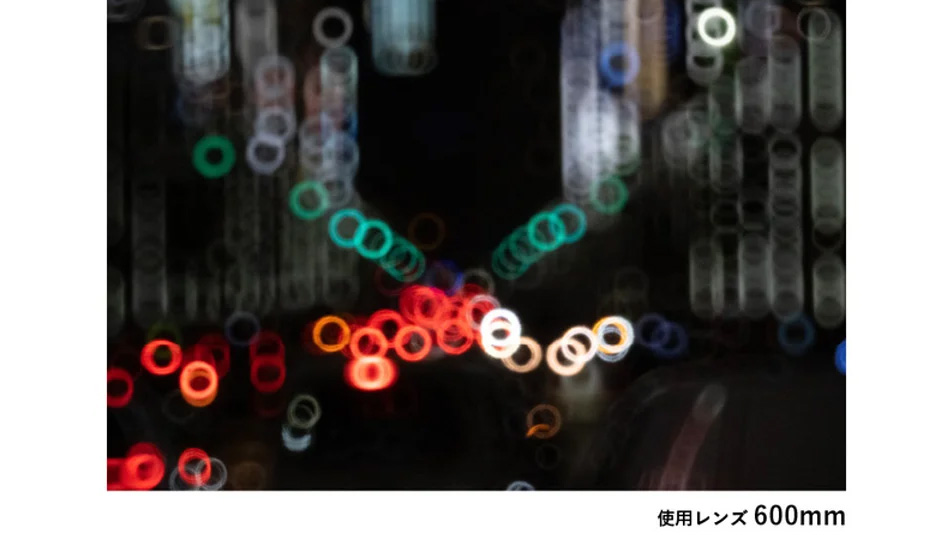
Tokina claims the 300mm lens has a minimum focusing distance of just 0.92m - impressively short for a 300mm lens - which when paired with a 0.4x magnification ratio means tele-macro photography is also possible. Although focussing is manual, the focus ring can rotate through a long 270 degrees of travel, so accurate focussing shouldn’t be too difficult.
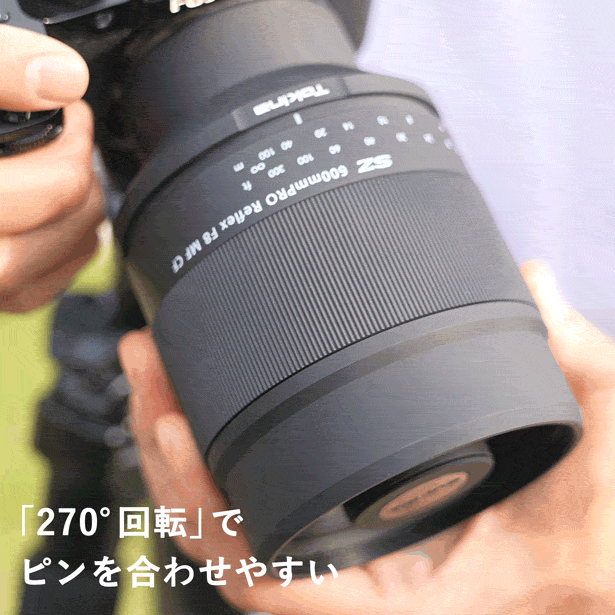
But if mirror lenses can give you so much reach in such a portable package, why doesn't every lens manufacturer adopt this design? Well, historically, mirror lenses have struggled to match the sharpness of an equivalent conventional lens. Bouncing light back and forth within the lens isn't the best way to retain the sharpest possible image quality, and when we lab tested an earlier Tokina mirror lens – the SZX SUPER TELE 400mm F8 Reflex MF – we were able to confirm that its center-frame sharpness was no match for a well-sorted conventional super-tele lens of an equivalent focal length. Factor in a lack of image stabilization, manual-only focus, and the relatively narrow maximum aperture of all three new lenses and a sharp shot could become elusive, whether that be due to camera shake, or possible optical shortcomings.
Get the Digital Camera World Newsletter
The best camera deals, reviews, product advice, and unmissable photography news, direct to your inbox!
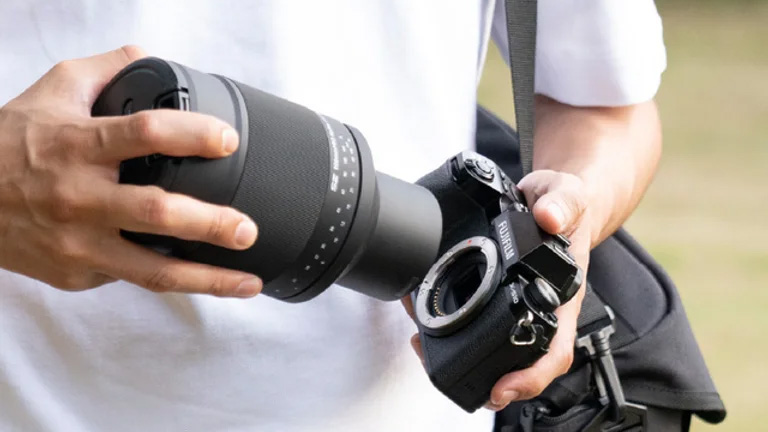
But we'll reserve final judgement until we've seen samples of all three lenses, as their possible compromises could well be outweighed by their size and cost advantages. Pricing has yet to be revealed, but according to Mirrorless Rumors, availability could be set for February 2023.
Specifications
| Header Cell - Column 0 | SZ 300mm | SZ 600mm | SZ 900mm |
|---|---|---|---|
| Size (diam. x length) | 61 x 74.5mm | 88.6 x 125mm | 96.1 x 168mm |
| Weight | 235g | 545g | 725g |
| Lens construction | 8 elements, 8 groups | 8 elements, 8 groups | 7 elements, 7 groups |
| Filter size | 46mm | 77mm | 86mm |
| Min focus distance | 0.92m | 1.77m | 2.61m |
| Max magnification | 1/2.5 | 1/2.5 | 1/2.5 |
Read more:
The best budget telephoto zoom lenses
The best 150-600mm lenses
The best lenses for bird photography
The best tripod for photographers
Ben is the Imaging Labs manager, responsible for all the testing on Digital Camera World and across the entire photography portfolio at Future. Whether he's in the lab testing the sharpness of new lenses, the resolution of the latest image sensors, the zoom range of monster bridge cameras or even the latest camera phones, Ben is our go-to guy for technical insight. He's also the team's man-at-arms when it comes to camera bags, filters, memory cards, and all manner of camera accessories – his lab is a bit like the Batcave of photography! With years of experience trialling and testing kit, he's a human encyclopedia of benchmarks when it comes to recommending the best buys.

